We asked Vital Energi’s team of experts what 2023 holds for the industry. From growth areas to challenges and the technologies which will make an important impact, here’s what they predict for the coming year.
All the factors are in place for continued strong growth for the industry. Public and private sector customers are motivated to improve their energy efficiency and generate their own renewable electricity by high and volatile energy prices. Government policy continues to drive customers to reduce their carbon emissions, and new regulations are included in the forthcoming Energy Bill to introduce heat network zones into towns and cities. Funding support for hydrogen generation and use is also looking promising. My prediction is that we will see a change of gears in the development and investment in heat networks as a key pathway to the decarbonisation of heat.
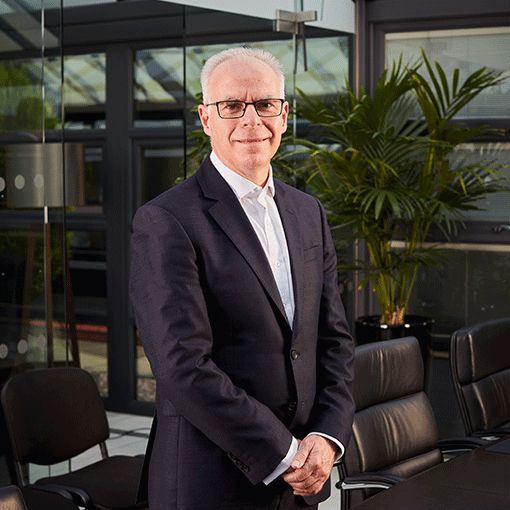
The UK net zero targets are significantly restricted by the availability of electrical infrastructure, with some projects waiting several years to become connected and this is a genuine threat to decarbonisation. My prediction is that organisations are going to have to fundamentally change the way they procure their projects as a partnership approach will be needed to find ways around the UK's decade-long wait for grid connections. By harnessing the expertise and creativity of contractors we can shape and develop their energy concepts and make them viable for grid connection.
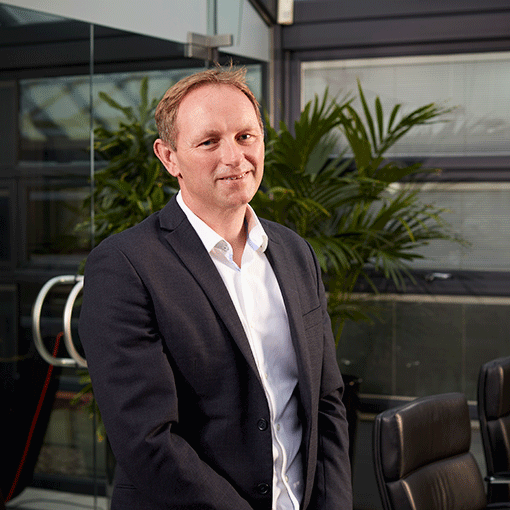
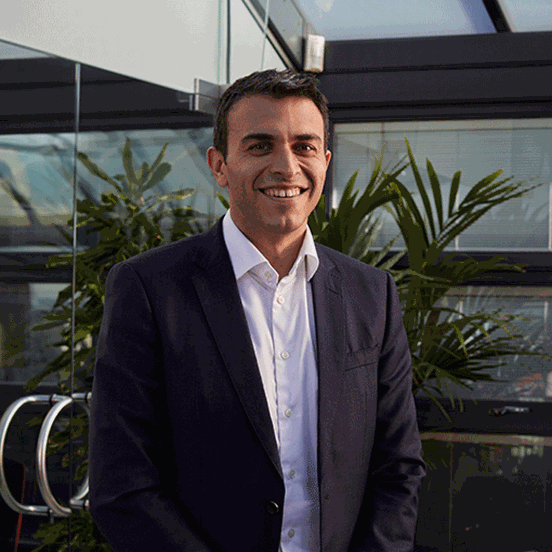
To continue to grow the market, further work needs to be done to ensure commercial contracts facilitate this. Projects that are coming to market with all risk contracts but are heavily scored on price so this creates a conflict as contractors are being asked to take on all of the risk for the lowest price possible. Using alternative procurement routes could help both the client and contractor / operator. Procuring a joint venture approach helps contractors take a longer term view whilst also providing the best value technical and commercial solutions for the client which is also scalable for future growth.
Everybody knows that our sector is not particularly diverse – not only are we male dominated, but we don’t have great representation from the BAME community. The well-documented skills gap poses a genuine problem for the industry, however there are reasons to be optimistic. In the last few years many organisation have begun work to tackle these issues, such as the Diverse Heat Network and District Heating Divas and I believe this is the year this work will really begin to produce results and attract the diverse, necessary expertise and experience we need to deliver the UK’s transition to net zero.

As we move into 2023 the public sector have a significant role to play in achieving Net Zero with energy and, in particular, heat remaining a significant contributor to carbon emissions. With established government funding streams in place across the UK to support new projects including Public Sector Decarbonisation Funds (PSDS), Green Heat Network Funding (GHNF) & Scottish Heat Network Funding (SHNF) I predict that there will continue momentum to deliver heat network and decarbonisation projects and I hope that government funding schemes remain healthy to reflect the interest. Heat Network projects will hopefully be high on the agenda to coincide with the development of the Heat Network Zoning which will play a major role in the fight against climate change to facilitate the expansion of networks and help drive the decarbonisation of heat.

Whilst heat networks are a hot topic in government and the green energy industry, awareness amongst the general public isn’t that high. There are many major heat networks in development which will have a profound effect on their communities and my prediction is that a lot of work will need to be done to educate all stakeholders on the benefits they bring to their local areas. We need to take stakeholders on a learning journey and embed these renewable schemes into our communities. I see lots more resources being put into this area in 2023 and this can only lead to greater acceptance of heat networks and renewable energy schemes from both consumers feeling the benefits and the wider community.

I believe we’ll see much-improved performance in heat pumps this year as we continue to share the operational data from projects like Queens Quay with the manufacturers to help them improve their products. By collecting high-level data and making it available to manufacturers they will be able to improve essential areas such as seasonal performance, but it will also have an impact on how heat pump projects are operated. I believe this will only make large scale heat pumps more viable going forwards.
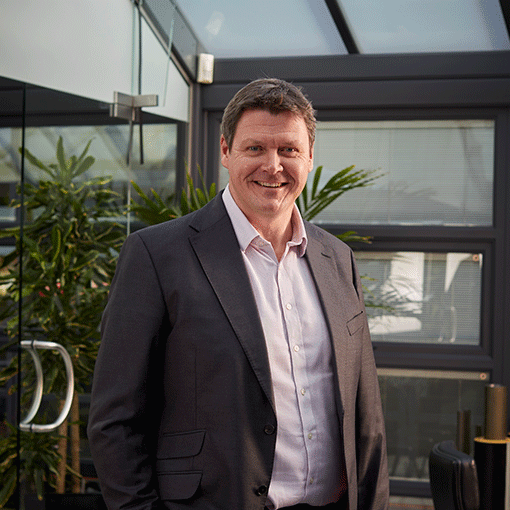
It’s an exciting time for energy, with technologies such as hydrogen, smart grids and carbon capture all promising to play higher profile roles in our energy mix in the near future, but I think it will be energy storage which has the biggest impact over the next 12 months. We’re already seeing an increase in demand for battery storage, particularly from the NHS, whilst thermal storage/phase change materials will give projects a greater flexibility in how they’re operated.
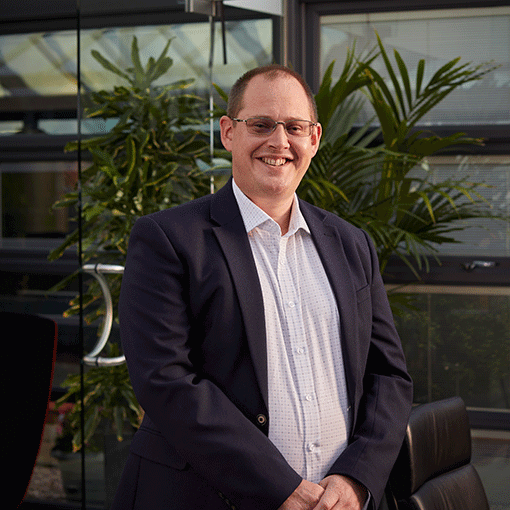
Grid capacity is already restricting the electrical market and we’re aware of projects which have been delayed and even abandoned and this is set to continue into 2023 and beyond. As pressure grows to decarbonise and keep energy bills under control, we’ll see more organisations looking at creative ways around the multi-year waiting lists. My prediction is that more organisations will have to temporarily reduce the size of their projects to get grid connection and then offset this lack of capacity by employing energy conservation measures to lower their usage until such time they can gain the connection they require.

